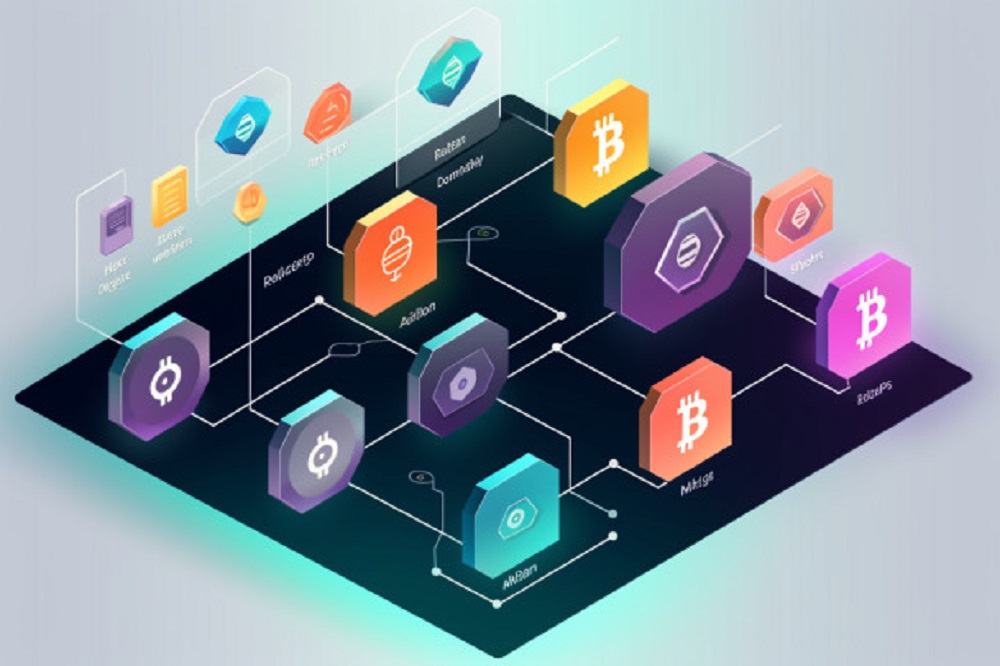Bitcoin NFTs refer to a way to store digital content on the blockchain of Bitcoin. They are also called Bitcoin ordinals, which are digital artifacts that can be used to represent certain aspects of the Bitcoin ecosystem. In January 2023, Casey Rodarmor created the protocol of Bitcoin ordinals.
The Bitcoin ordinals protocol provides a way to encode digital content, like art, on the blockchain of Bitcoin. This allows for a more secure and transparent way of tracking and managing digital assets. Unlike other blockchain-based tokens that are susceptible to being changed or modified, Rodarmor’s immutable art tokens were aimed at providing a permanent record of the text, artwork, or video.
As the popularity of NFTs based on the Ethereum ERC-721 standard continued to grow in 2021, Rodarmor, a programmer and artist, decided to create a unique experience on the blockchain of Bitcoin.
The ordinal theory is concerned with assigning unique identifiers to satoshis so that their transactions, transfers, and meanings can be tracked and transferred. February 2023 was very important for the hype around the ordinals. Six weeks after the creation of genesis ordinals, the hype really started to take off.
How do Bitcoin NFTs work?
Ordinals are a fundamental concept in mathematics, dealing with the ordering of things. They play an important role in many areas of mathematics, including number theory, algebra, calculus, and geometry. Bitcoin ordinals are built on the theory of ordinals, which has led to the creation of satoshis (sats), allowing them to be used as units on the blockchain of Bitcoin.
Ordinals refer to a scheme of numbering sats. They are the simplest form of numbering and are used to show the order of things. Ordinals theory is the foundation of how Bitcoin ordinals essentially work. It determines how transactions are processed and how the order of transactions is maintained.
There exist 100M satoshis that makeup one bitcoin. Satoshis, also known as sats, is the smallest unit of Bitcoin, the world’s first and most popular cryptocurrency. One Bitcoin is made up of 100 million satoshis, so one satoshi is equivalent to 0.00000001 Bitcoin (BTC). Satoshis are used as a convenient way to measure and transact very small amounts of Bitcoin, as even fractions of a single Bitcoin can have significant value.
Sats can have digital content that represents Bitcoin transactions, just like Bitcoin ordinals. This digital content can be used to represent ownership or other interests in a transaction. Ordinal theory dictates that security tokens, stablecoins, and accounts can be identified using ordinal numbers to keep track of their respective positions and are considered to be stable identifiers.
While Bitcoin ordinals can be used to represent a wide range of data, Rodarmor preferred not to compare them with NFTs. This is because ordinals can be used for a variety of purposes, some of which don’t involve representing data in a way that can be stored on a blockchain, so it’s not preferred to compare Bitcoin ordinals with blockchain-based tokens, as the two have different use cases.
How can Bitcoin ordinals be mined?
Mining Bitcoin ordinals is a more challenging process as compared to minting NFTs on the blockchain of Ethereum and lacks convenient tools. Mining Bitcoin ordinals used to be limited to those who used to run Bitcoin nodes. For users who are tech-savvy, using the ord app with a line of command wallet would be considered the best way to mine ordinals.
Bitcoin’s ordinals still have a lot of development to go, only having been around for a short while since the creation of genesis ordinals. As the demand for the platform and its tools continues to grow, the ecosystem will naturally start to become more user-friendly.
Conclusion
Bitcoin ordinals are unique identifiers for individual satoshi and can include information like art or content. This content is stored on the blockchain for everyone to see.
